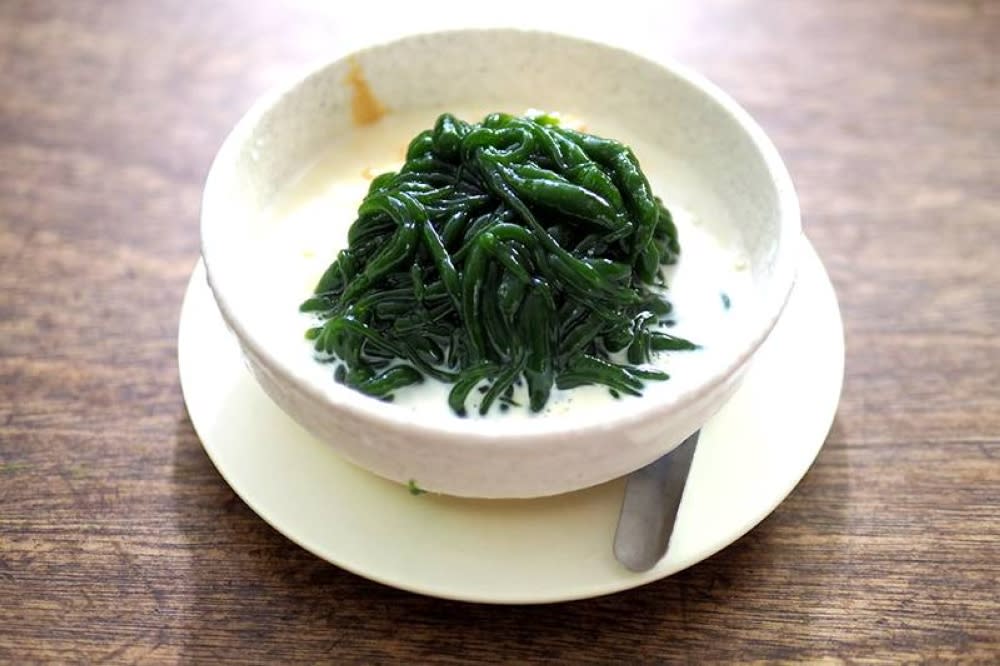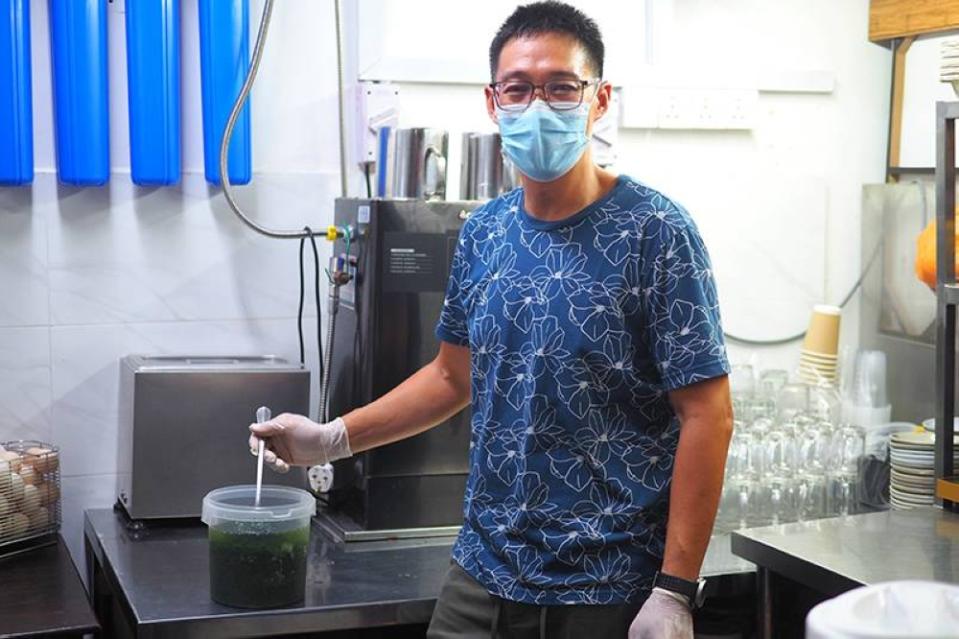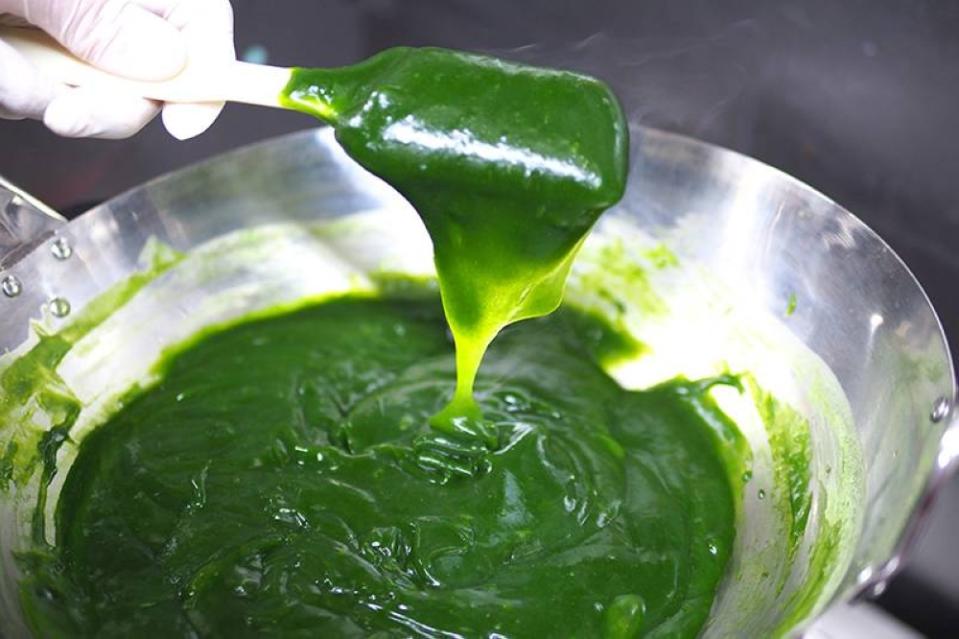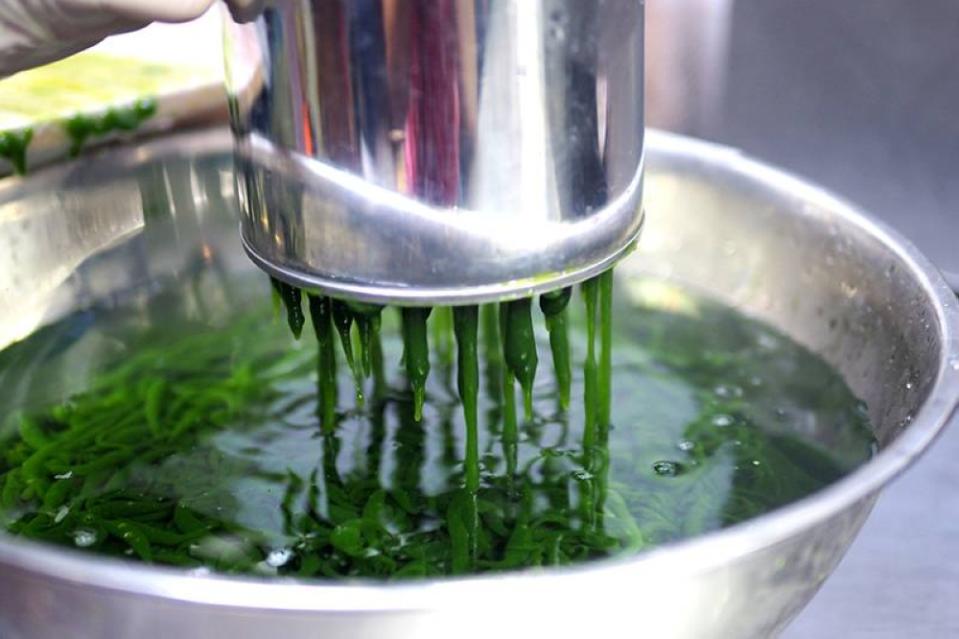'Cendol' at Makan Time, Kota Damansara: One of the best in the Klang Valley

PETALING JAYA, Nov 21 – Passion drives us to do all sorts of things.
In the case of Daniel Chong, it's a two-year pursuit to perfect a bowl of cendol. From making the jelly from scratch to the finely shaved ice, coconut milk and sweet brown syrup.
Chong and his wife Terri Chew operate Makan Time, a place tucked inside the heart of Kota Damansara.
Through the many years, the duo have built up a reputation for serving food cooked with a lot of heart.
Their menu revolves around daily specials. Regulars will wait for the announcement of the dishes before the week starts to plan their journey there.
You also have a small menu of regular items like nasi lemak, toast, beef noodles and the Siam laksa.
High on everyone's list is their iconic kai see hor fun, which is a nod towards Chong's Ipoh heritage. Bowls of bright orange prawn oil laced chicken broth paired with smooth hor fun noodles, bouncy prawns and poached chicken are slurped up as quickly as they can be served when this appears on the menu.

Daniel Chong's experimentation for two years has led to this excellent bowl of 'cendol'
What's joined the kai see hor fun as another iconic must-eat here is their cendol. This version was re-introduced early this year as it took Chong about two years to tinker with the recipe to perfect it.
Cendol has been a staple at Chong's previous eatery Little Yum Yum. Previously he would purchase the green jelly strands that top the shaved ice from a supplier.
However, when they changed the formula for the strands – resulting in the jelly hardening when placed on the shaved ice – he decided to experiment and come up with his own version.
As Makan Time is run by a small crew where the husband and wife are completely hands on, Chong could only tweak the recipe in his limited free time.
With each step taken for the making of those green jelly strands, he kept learning more – from the type of pandan leaves selected and even how to stir it.

The all-important pandan extract is made from plump, dark green pandan leaves
In a demonstration for Malay Mail, it starts from the pandan extract. He sources pandan leaves – preferably large dark ones grown in the sun – where the fragrance is evident.
During the rainy season, these plump leaves are scarce to find though.
He blends the pandan leaves with water, leaving it to steep for some time. It will split into two parts where the water rises to the top and the bottom part where the blended pandan is.
The intense pandan flavour is at the bottom rather than the water. which is tasteless.
To get that rich vibrant jade green hue, Chong experimented with his own blend of pandan extract, daun suji and a drop of kan sui.
It's not the same kan sui you get in egg noodles to get that springy texture but sodium silicate that helps the colour pop out. It's also what is used by kuih makers.
The mixture is a sensitive one. If you leave it for too long before cooking, it won't work.
Even the ratio of the ingredients is important. If you add too much of one ingredient, like the daun suji, it may make the mixture too bitter since that leaf has a slight ginseng taste.

The mixture is best cooked in a 'bain marie' to prevent it from burning
He mixes it with his own blend of flour to create the mixture. Care must be taken to cook that mixture. Chong found out the hard way that it's not advisable to cook it over direct heat in the beginning as it tends to coagulate quite fast. Instead he cooks it slowly over a bain marie first.
Once it starts to combine, he places it on direct heat as it needs that to gel together. Even how you stir the mixture makes a difference.
Stirring it too vigorously will create air bubbles in the mixture hence the jelly strands are just filled with air.
Chong only found out the method to stir one day when his wife took over the work when he was busy. Since then he has incorporated that mixing method that creates less air bubbles – ensuring the jelly strands don't float up once they are formed.

Once the mixture is incorporated, you can switch to direct heat and gently stir till it becomes smooth and falls back in a ribbon when scooped up
Once the mixture is smooth and falls back in a ribbon when stirred, he tests it with a thermometer to ensure the surface temperature is 85 degrees Celsius.
The mixture is removed from the heat and poured into a container to form the jelly strands. Chong uses a gentle hand to press the mixture through the holes to form the strands that fall in the water.

You form the strands by gently pushing the mixture through a sieve
You can eat the freshly made jelly strands straight away but it's best to leave it for at least four hours or more to allow it to plump up in the water.
Each careful step shows in the final bowl.
No wonder customers come from afar to enjoy that bowl of passion. You get smooth bright green jelly strands perfumed with pandan.

The result of all that hard work is smooth jelly strands with that distinct jade green hue
They gloriously crown a mound of finely shaved ice doused with fresh santan. It's a mix of old coconut milk and young coconut milk to give you a refreshing yet rich taste of coconut.
Drizzled over the shaved ice is the brown syrup – a concoction of gula Melaka sourced from Indonesia and jaggery – uplifting that bowl with sweetness and fragrance.
As you mix it all up, relish every spoonful of those slippery green strands.
Since it's artisanal, small batches of the cendol are made. Regulars know that it's best to WhatsApp ahead to book the food to avoid disappointment.

At the cafe, the 'cendol' is available after 9am in limited quantities
Chong tries to ensure the cendol is available from 9am onwards at the cafe. However, he cautioned that if pandan leaves or santan is unavailable due to hiccups to the supply chain, he will not serve cendol.
Makan Time, E-43A-G, Jalan Teknologi 3/9, Bistari de Kota, Kota Damansara, Petaling Jaya. Open: 8am to 3pm. Closed on Sunday. Tel:+6013-3239366. Facebook: @makantime
* Follow us on Instagram @eatdrinkmm for more food gems.



